The Best Ideas from COP30, the UN Climate Summit in Brazil – 18 December 2025
The Clean Coalition was a partner organization for this webinar, which took place on 18 December 2025 at 10am.
Read More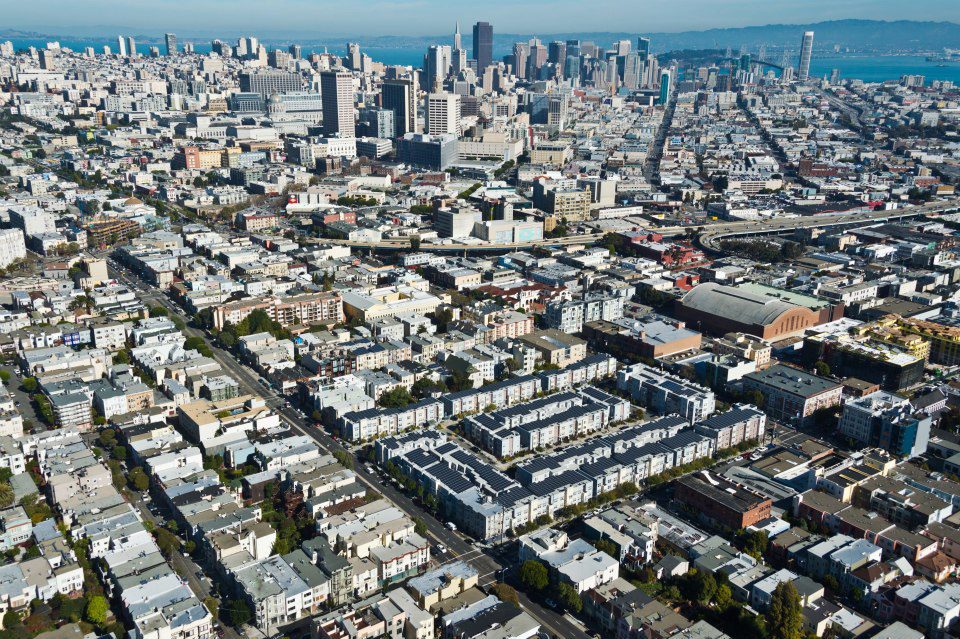
In the heart of San Francisco’s Mission District
The Clean Coalition is leading the Valencia Gardens Energy Storage (VGES) Project. This groundbreaking project, located in a low-income and senior housing community in the heart of San Francisco, will showcase how front-of-meter (FOM) energy storage can be effectively deployed in dense, developed urban environments.
Key features:
By demonstrating how targeted deployment of energy storage can increase the grid’s ability to handle greater amounts of distributed solar, VGES will set the stage for increased deployment of clean local energy in California and beyond.
This is something on the very cutting edge of electrical technology, energy storage and our goal to get rid of carbon emissions and slow down the deterioration of our environment ... I have to say that the Clean Coalition has gone above and beyond working with the community, working with the trades to make sure this is a hugely successful and safe project for all of those in the neighborhood and city.
Joel Koppel
President, San Francisco Planning Commission
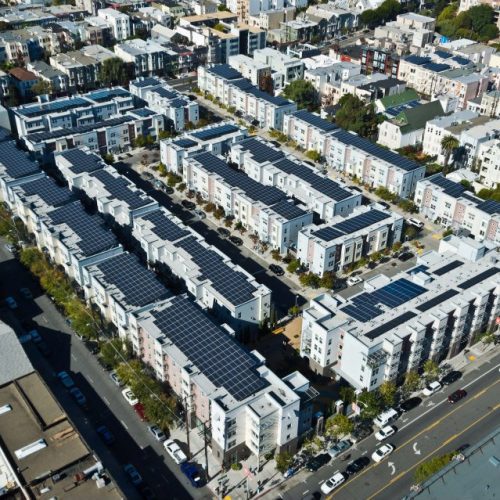
VGES has these primary goals:
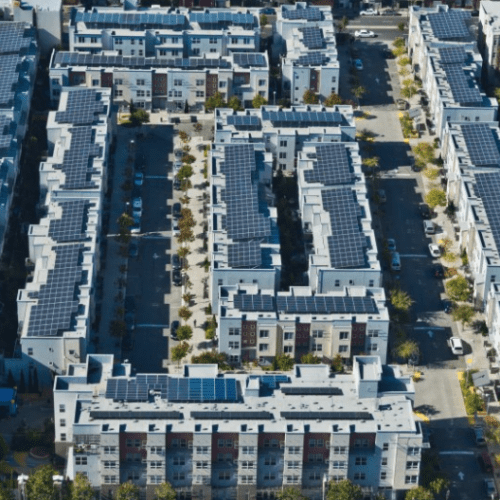
A major VGES innovation is that solar+storage are interconnected to the distribution grid, a configuration that will deliver many benefits to the grid that current projects — deployed either behind a customer meter or on the transmission grid — cannot achieve:
The project will add 556 kWh of energy storage power to the 516 kW of rooftop solar that is already interconnected to the local distribution grid. The resulting solar+storage system will include cutting-edge technology to offer grid balancing and set the stage for indefinite renewables-driven backup power for critical facilities in the case of a grid outage. The system will be capable of demonstrating a resilient solution for the community’s emergency energy needs — from clean local sources.
A major VGES innovation is that solar+storage are interconnected to the distribution grid, a configuration that will deliver many benefits to the grid that current projects — deployed either behind a customer meter or on the transmission grid — cannot achieve:
VGES will serve as a model that supports California’s emissions reductions goals, increases the state’s resilience and security, drives regional economic development, and lowers the cost of operating the power grid.
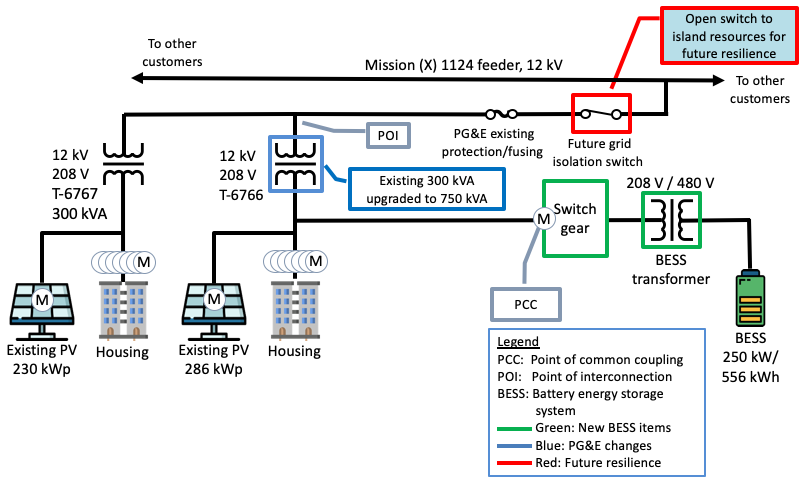
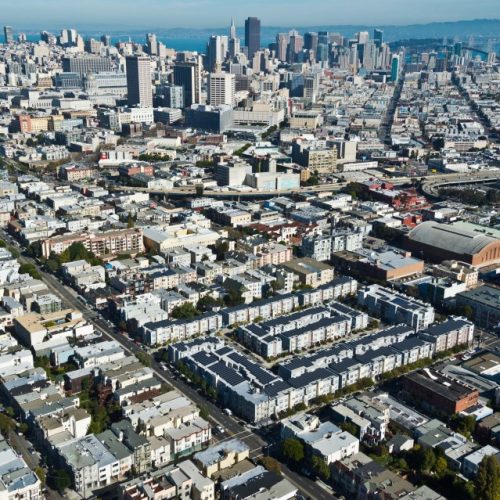
Once complete, VGES will:
The VGES project is expected to provide these benefits per 1 MW of added solar over 20 years:

VGES is funded in part by the California Energy Commission. Project partners include Mission Housing, Pacific Gas & Electric (PG&E), the California Independent System Operator (CAISO), and the City and County of San Francisco.
Throughout the VGES project, the Clean Coalition will publish reports and fact sheets on VGES findings. As we produce reports and fact sheets, we will post them on this page.
The latest in clean local energy
Learn about our innovative projects and initiatives on our blog, and see what others are reporting about our important work.
The Clean Coalition was a partner organization for this webinar, which took place on 18 December 2025 at 10am.
Read MoreThis podcast episode of Energy Central's "Power Perspectives" welcomes Craig Lewis, Founder and Executive Director of the Clean Coalition, to explore how local solar and storage can flatten the duck curve, cut costs, and build a more resilient grid.
Read articleThe Clean Coalition presented during this in-person gathering, held on Friday, 5 December 2025 from 3:30–5:00 pm PST at CEC’s Environmental Hub, 1219 State St Suite A, Santa Barbara, CA 93101.
Read More